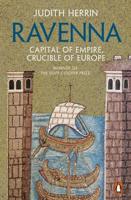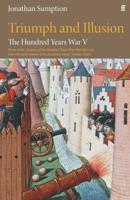Publisher's Synopsis
The Bakhshali Manuscript is an old birch-bark manuscript which treats mathematics in Sanskrit. It was unearthed by a farmer in AD 1881 at the small village of Bakhshali, about eighty kilometers north-east of Peshawar, one of the important trading centers of the ancient Gandhara district (now Pakistan).It was studied by eminent Indologists and historians of mathematics of the time, yet a number of mathematical rules and examples in it were either left undeciphered or misunderstood due to the fragmentary nature of the manuscript, the irregularities of the language, and the fact that the study of the history of Indian mathematics was in an early stage. The dating of the manuscript as well as of the work in it has also been long a matter of controversy. The dates estimated range from the early centuries of the Christian era to the twelfth century.The situation has been much improved, however, by quite a few studies on Indian mathematics that appeared after those pioneering works, and by the publication of two Sanskrit works, Bhaskara's commentary on the Aryabhatiya and Sridhara's Patiganita with an old commentary, which have greatly enhanced our knowledge of Indian mathematics of the seventh and eighth centuries.This book offers a fresh translation of the manuscript, the first English translation of the whole text based on a systematic study of linguistic peculiarities, and a mathematical commentary based on a comparative study of the Bakhshali work and other Sanskrit mathematical texts, including the two mentioned above. The Introduction attempts to locate the Bakhshali work properly within the history of Indian mathematics.









